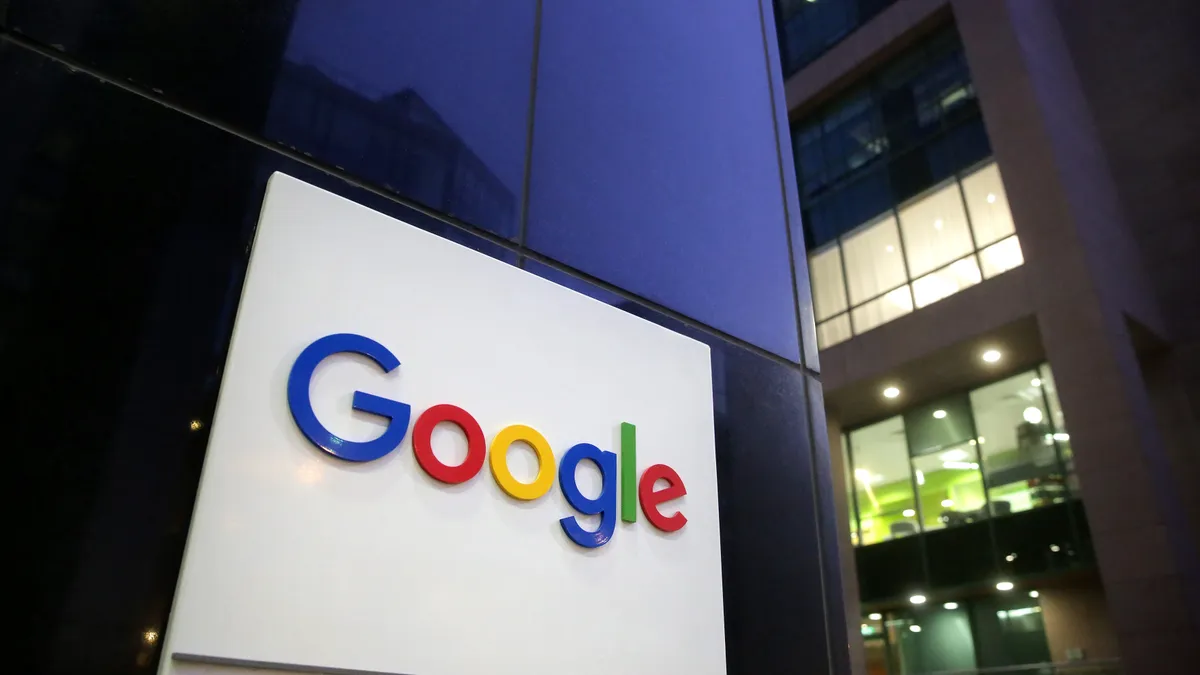Dive Brief:
- Forrester's Digital Marketing Tracker for quarter three 2017 found a significant increase in online advertising growth. The year-over-year growth rate had held steady at 23% to 25% for the past six quarters, but in Q3 it increased to 29.6%, per a report provided to Marketing Dive.
- Google was the big winner with an additional $4.2 billion in online ad spending compared to Q3 2016, representing 40% of the entire $10.5 billion in growth for 13 firms tracked by Forrester. Facebook had set low expectations with an anticipated decrease in growth, but it realized a 48.8% growth rate, in line with its previous performance and an increase from Q2's 46.9%.
- Snap had disappointing results with a meager 0.5% share of the global market and a decrease of 62.2% in revenue, a sharp departure from its previous average of 329.9% growth over the most recent four quarters.
Dive Insight:
The Forrester report confirms that Google and Facebook continue to hold the online advertising duopoly, and upstarts like Snap have a ways to go before becoming an important part of the conversation. Another social media platform facing losses is Twitter, which posted a 7.7% decline in Q3 2017, the fourth straight quarter with a decrease.
The second half of the year is traditionally a strong period for ad sales as marketers gear up for the holiday shopping season. However, the digital marketing landscape has been somewhat in flux this year, calling into question the potential for growth. Plagued by issues around brand safety, fraud and murky ad supply chain, brands have been casting a more watchful eye toward online budgets. Agency holding group WPP dropped its growth forecast to zero, mirroring similarly recent bad news from Publicis and Interpublic. With revenue continuing to flow into Google and Facebook, this suggests agency-client relationships may be among the hardest hit by digital marketing's issues this year.
Google has clearly bounced back from several advertising-related issues earlier in the year, with its strong showing following its brand safety controversy in Q2 when a number of brands and agencies boycotted YouTube and other Google properties, causing the platform to lose 5% of its advertisers in April. YouTube also lost 17% of brands buying programmatically during the same timeframe, but that metric bounced back in Q3.
Facebook's issue has been a maxing out of its available ad inventory, but it continues to increase revenue through better pricing, which is driving continued demand in the face of tight inventory supply. Forrester also pointed to continued improvements in targeting as a reason for Facebook's strong results.
Out of the 13 firms Forrester tracked, the top five include Google, Facebook, Alibaba, Baidu and Tencent. The report noted the other eight firms hold only a 6.9% share of the remaining marketplace.















